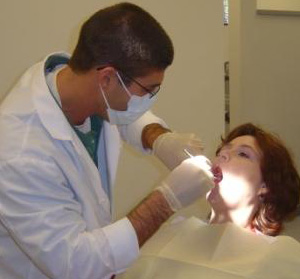 A house under construction in the Lower 9th Ward of New Orleans in the "Make It Right" program is designed to be extremely eco-friendly. Charlie Varley / Sipa
A house under construction in the Lower 9th Ward of New Orleans in the "Make It Right" program is designed to be extremely eco-friendly. Charlie Varley / SipaFrom Time Magazine:
After Hurricane Katrina flattened New Orleans exactly four years ago, on Aug. 29, 2005, the city emerged as an inadvertent symbol of global warming, the first American victim of climate change. Over 200,000 homes were destroyed during the Category 5 hurricane. But in the years since, the Crescent City has quietly embraced a new and unexpected role as a laboratory for green building. Sustainable development groups that range from the international nonprofit Global Green to earth-friendly celebrities like Brad Pitt descended on New Orleans, determined not just to build the city back, but to build it back green. "It's going to come back," says Matt Petersen, the president of Global Green USA. "But we want to build it better than it was before."
Read more ....

















